
A glimpse of Latin America in the Bronx
While walking the sloping city streets up to the Bronx Documentary Center (BDC) at 151st Street and Courtland Ave. in the Bronx, you’re more likely to overhear conversations in Spanish than in English as you pass by. The borough, and New York City as a whole, offers a setting that is “natural,” says BDC founder and award-winning photojournalist Michael Kamber, for what is the second annual Latin American Foto Festival from July 11-21 this year.
Kamber says that the fact that the community the center serves and works with is more than 70 percent Latino, and includes many immigrant families, is precisely why the BDC decided to launch New York City’s first-ever Latin American Foto Festival last year.
The idea was first formed when photographers visited the center from Mexico, Ecuador, Colombia, and Peru to share their work while also connecting with the center’s nearly 100 students ages 11-18 — most of whom are from Latin American and Caribbean families — who participate in the center's afterschool and summer programs in documentary film and photography.
“I kind of realized there was such a richness of work down there. And also different styles, a lot of people are working in collectives, which we thought was interesting, looking at social issues in really important ways, and we realized that there’s just a huge amount of photography that nobody in New York has seen,” Kamber said.
[node:field_slideshow]
He described the community reaction to the festival as eliciting “definitely our strongest response of any exhibition.”
“A lot of people are moved. It’s the first time that they’ve seen their countries represented, or their cultures represented,” Kamber said.
Maria Galindo, a staff member at BDC who works to engage the community, said that the festival has drawn in more people who might not otherwise come into the BDC gallery space.
“Many people in the community are now more interested when they see the images. They didn’t know that this space was for them, and that it was free. But currently we’re trying to bring more people, and they’ve responded,” she said.
Kamber agreed that many of the outdoor exhibitions, which include blown-up photos hung at locations such as the fence on the side of the local Catholic Church, projections on buildings and in a community garden space, and more traditional gallery displays - have drawn attention from many in the neighborhood.
Some have taken selfies or photos of their children along a wall featuring photos of Mexican women; others have stayed for hours watching projections of the photos on a nearby building once the sun goes down at 9 p.m.
Kamber said that it is precisely this kind of public art which community members want to see.
“They’re not interested in a white wall gallery downtown,” he said.
CONTENIDO RELACIONADO
The exhibition connects the photojournalists, the work they produce, and a community to whom that work is relevant in a way that Kamber said is at times lacking in the photojournalism world.
“As I’ve been saying for years, too often the pictures are taken and then consumed by Anglo audiences or by somewhat elite audiences...I worked for the New York Times, I love the New York Times, but not everybody reads the New York Times. But everybody does walk the streets of the Bronx," Kamber said.
"It’s where people see things," he continued. "To have journalism here, for the people, makes a difference.”
Galindo was a volunteer for four years before joining the staff; her two children, now ages 17 and 15, studied black and white photography at International Center for Photography in Manhattan before one of their professors suggested that they also explore taking classes at the BDC.
She is passionate about connecting community members with the programming and resources the BDC offers.
“I can reach people like me. Many times they don’t have information, and many times they are afraid to ask what it is, but if it’s a normal person, like me, simple, they are going to ask,” said Galindo with a laugh.
Kamber and Galindo said that the center is looking to do more Spanish-language-first programming (with English translation) as well for the nearly 100 students in their after school and summer programs. The center is also looking to conduct other workshops open to all community members, like the one that will be offered in Spanish on July 21 at the festival’s block party, which will feature discussion, activities, workshops, and more.
Kamber said the BDC plans to expand the show next year to make it bigger and “expand it into more of the Bronx.”
“I think there’s something like a million Latinos in the Bronx,” said Kamber. “They’re ready for it. They want it.”


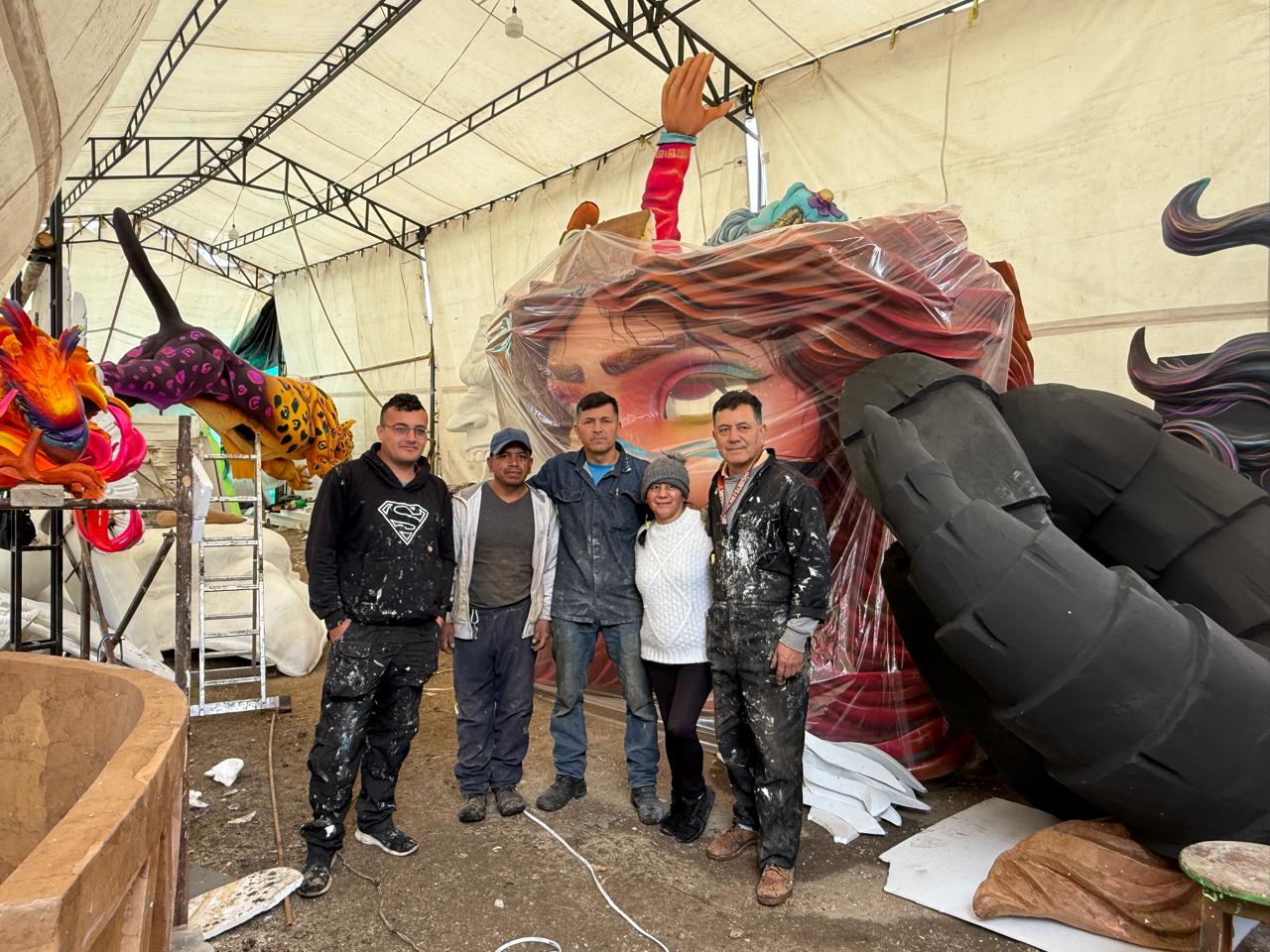
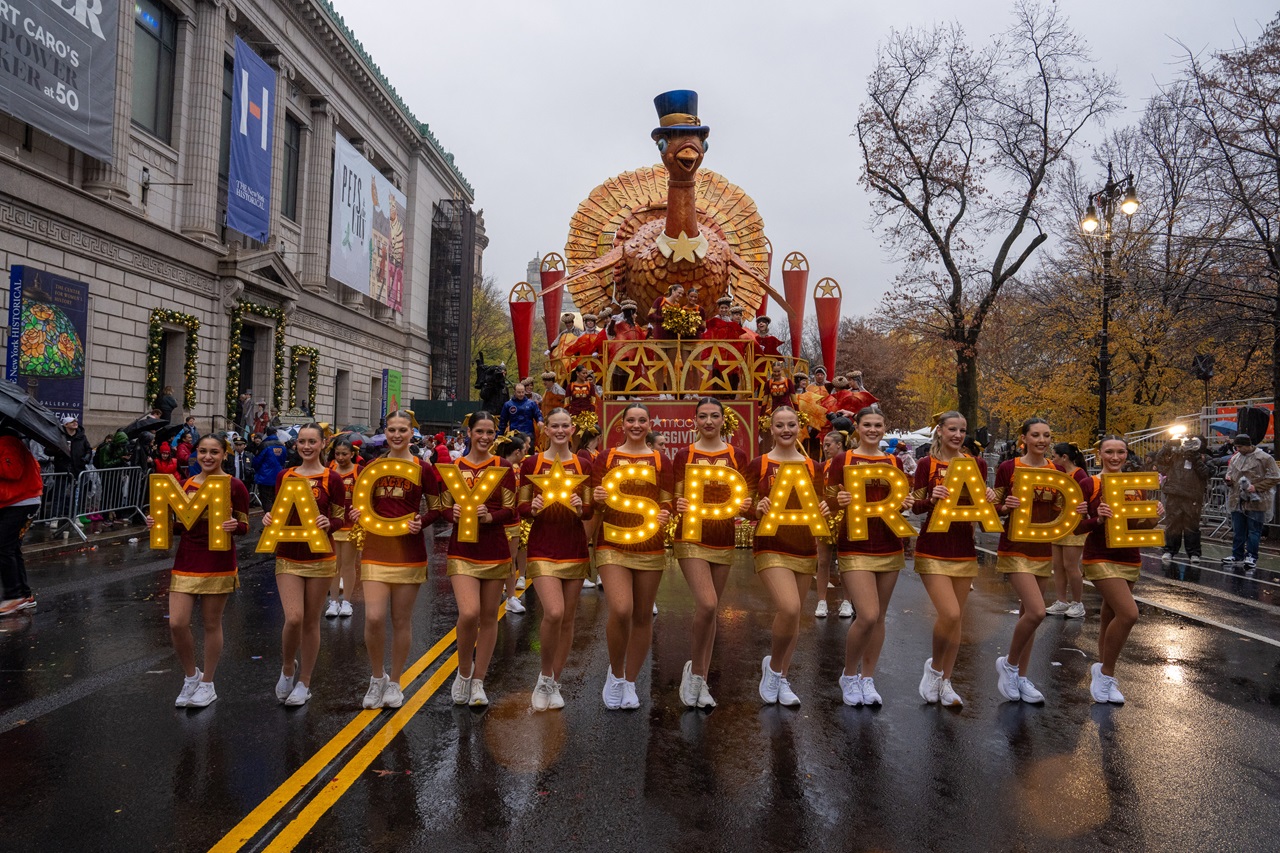

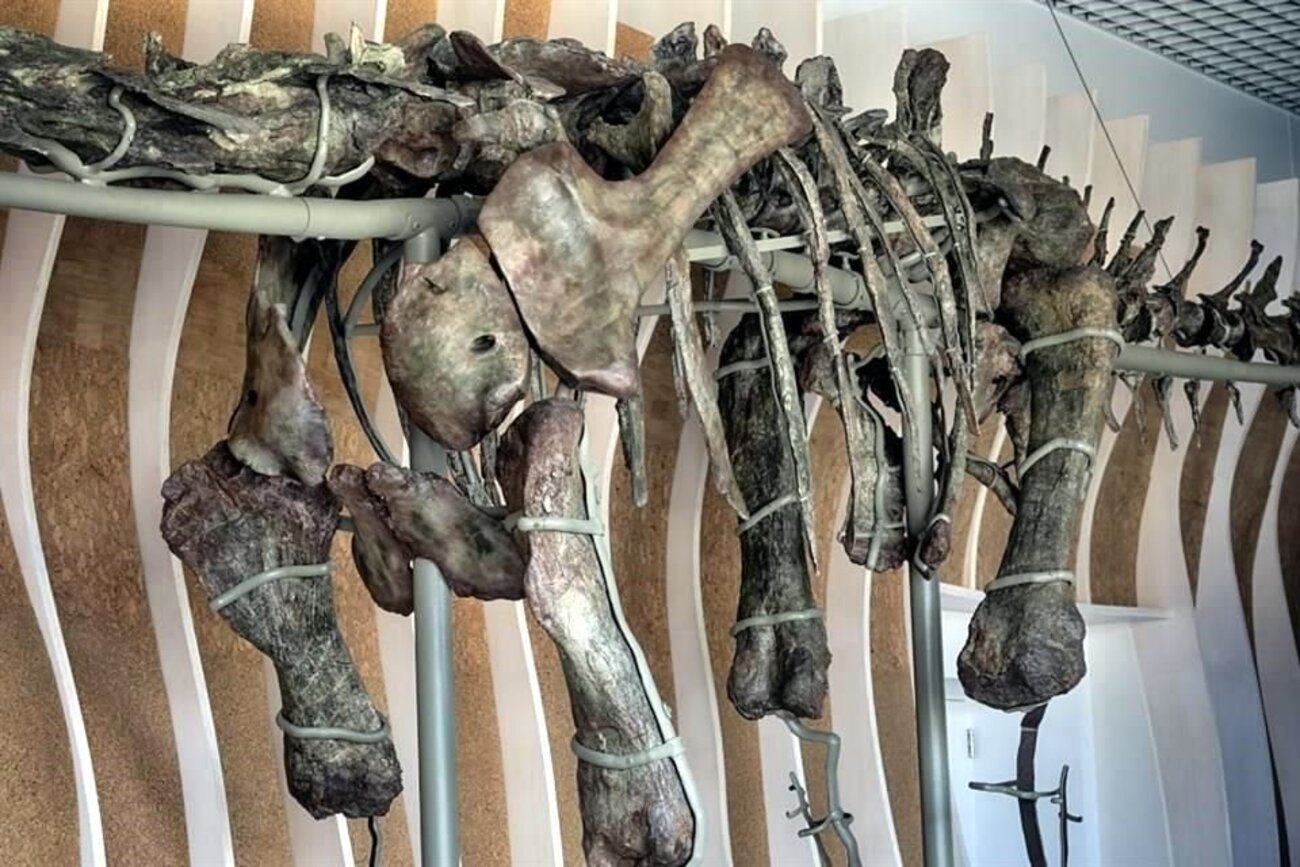

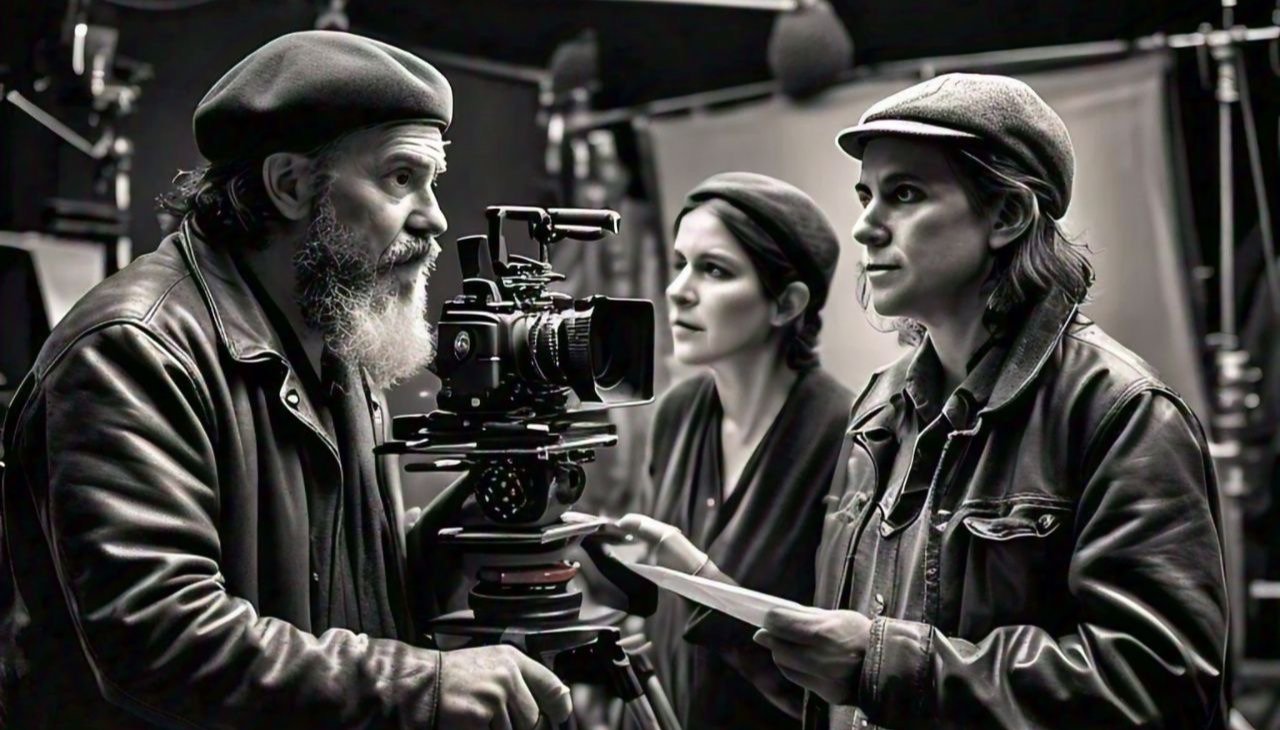
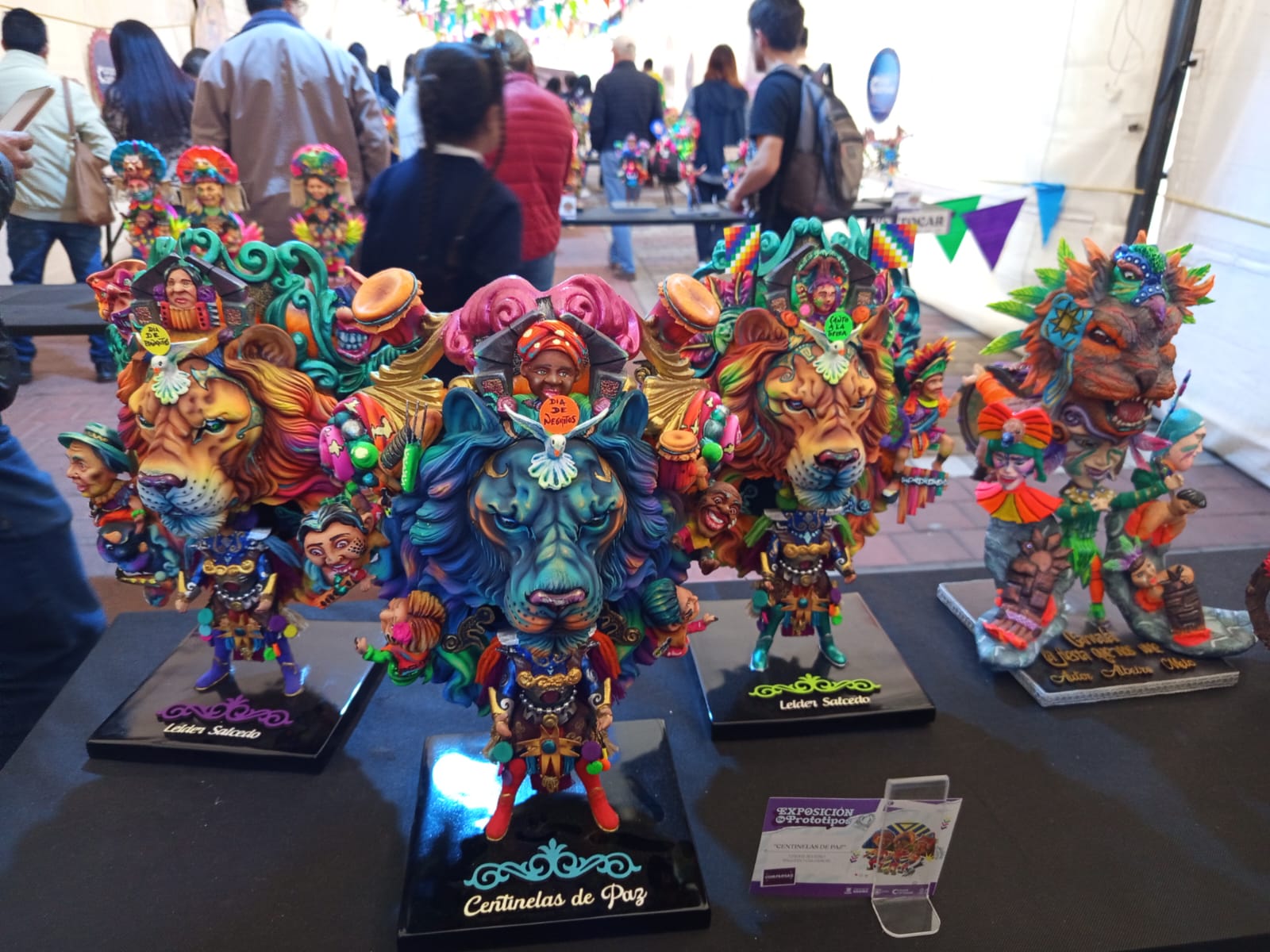
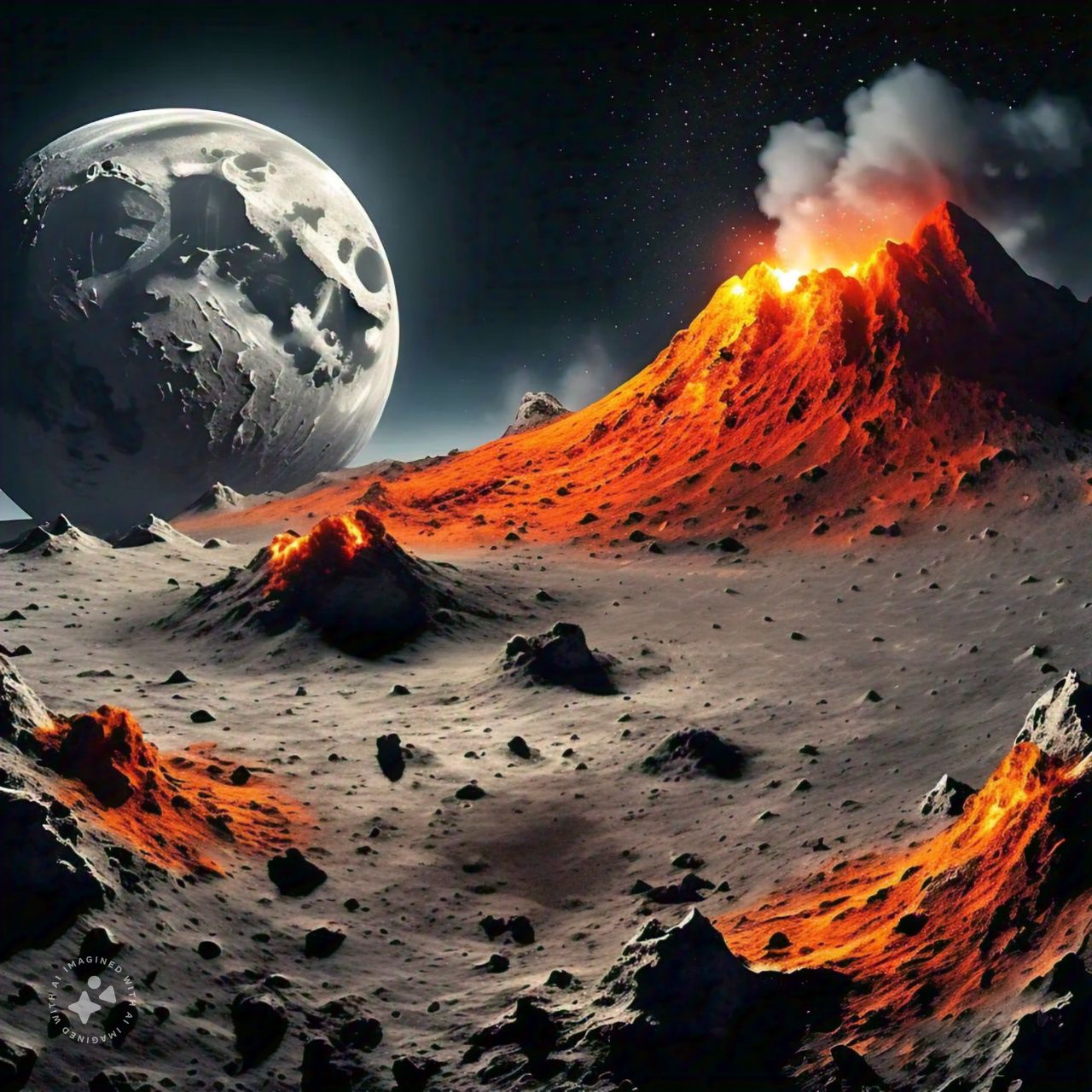
DEJE UN COMENTARIO:
¡Únete a la discusión! Deja un comentario.